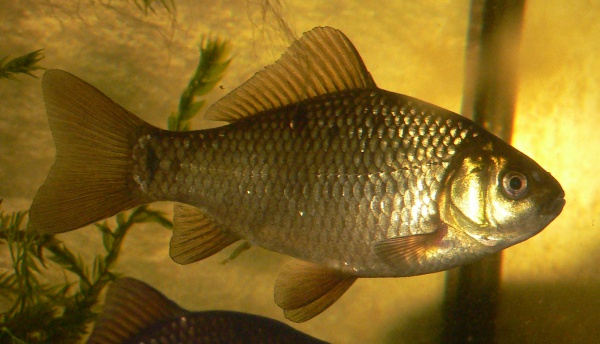Facts About Crucian carp
The crucian carp is a captivating medium-sized fish belonging to the common carp family, Cyprinidae. These fish inhabit lakes, ponds, and slow-moving rivers across Northern Europe, ranging from England to Russia. Typically, they reach about 15 centimeters in length and display a golden-green hue that darkens with age. Intriguingly, crucian carp can alter their body shape to dodge predators and exhibit a variety of color variations.
One of the most extraordinary characteristics of the crucian carp is its ability to survive in low-oxygen environments. It accomplishes this feat through anaerobic respiration, a process that generates ethanol. This unique adaptation allows it to thrive in conditions that would be fatal to many other fish species.
In the realm of sport fishing, crucian carp are highly popular, particularly in Britain and the Netherlands. Enthusiasts frequently document their largest catches, adding a competitive and enjoyable dimension to the activity. However, there are concerns about hybridization with goldfish, which could compromise the genetic integrity of native crucian carp populations.
Beyond sport fishing, the crucian carp is also valued in aquaculture and sometimes kept in freshwater aquariums. It is considered a delicacy in countries like Poland and Russia, where it is featured in traditional dishes such as borscht. Despite its culinary appeal, it has not achieved the commercial popularity of more colorful fish like koi.
